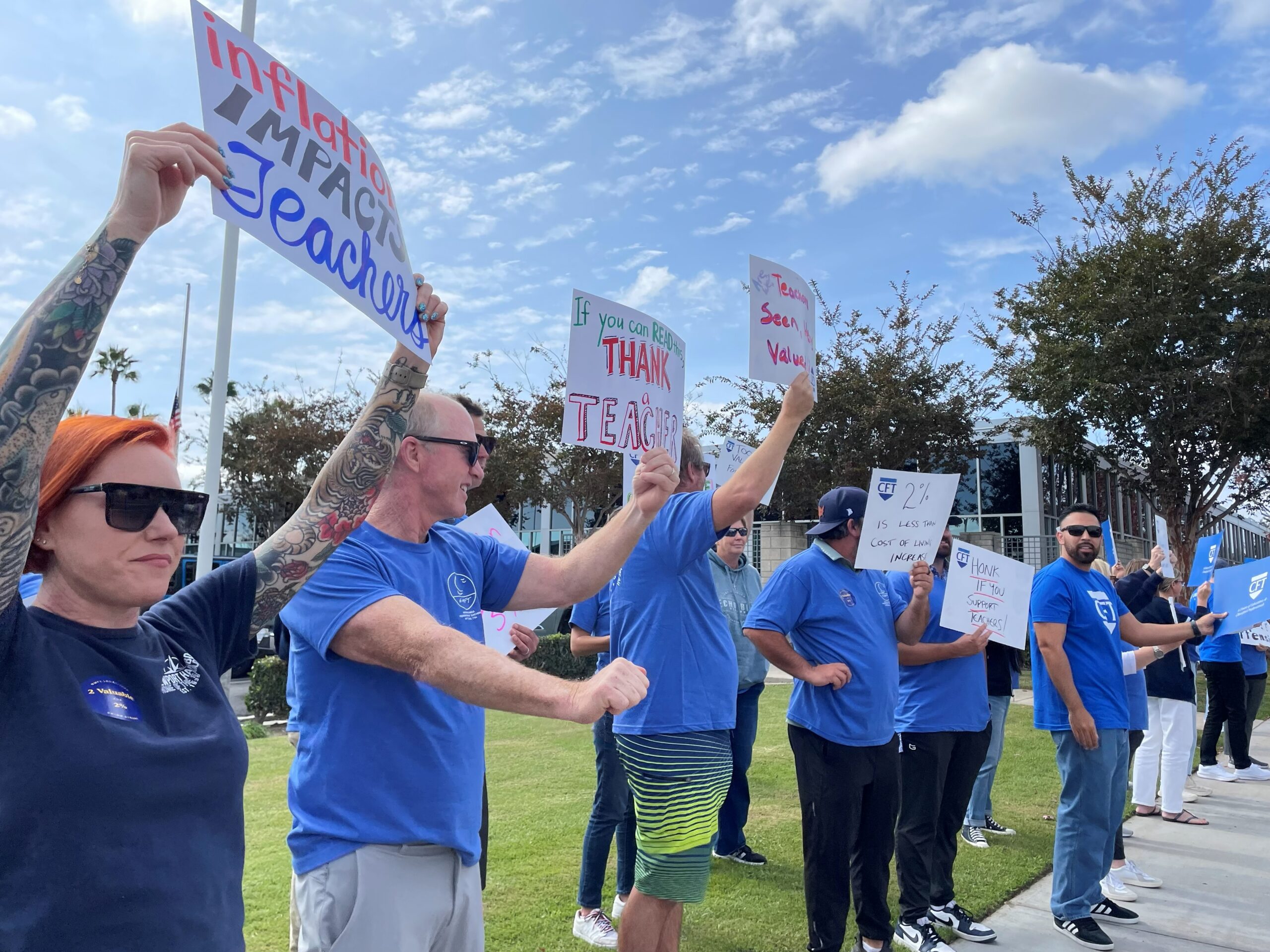Author: admin
-
The pandemic — reopening, regrouping, testing, and protecting
K-12 locals put safety first, find communities on their side The week after Thanksgiving, Mariah Fisher, president of the Novato Federation of Teachers and a middle school drama teacher, said she was ready to go back to in-person teaching, starting that week. She had marked off six feet of space between all the desks and she was preparing…
-
Who We Are
Chartered in 1998, the Newport-Mesa Federation of Teachers Retired Chapter was formed to promote the interests and welfare of retired faculty of the Newport-Mesa Unified School District (N-MUSD) as well as to support the active members of the Newport-Mesa Federation of Teachers (N-MFT) Local 1794. N-MFT Retired provides a communications link to keep retirees informed and…

